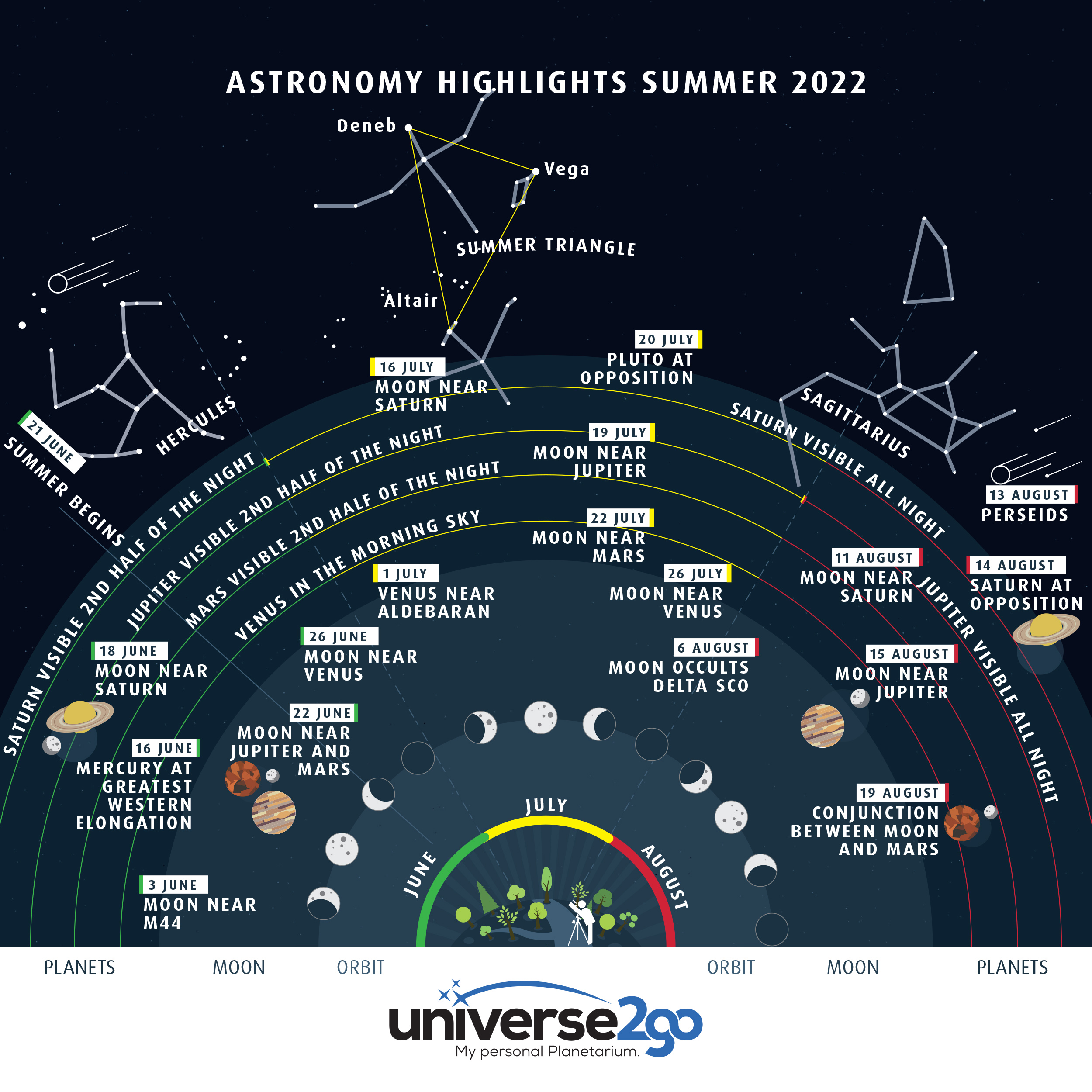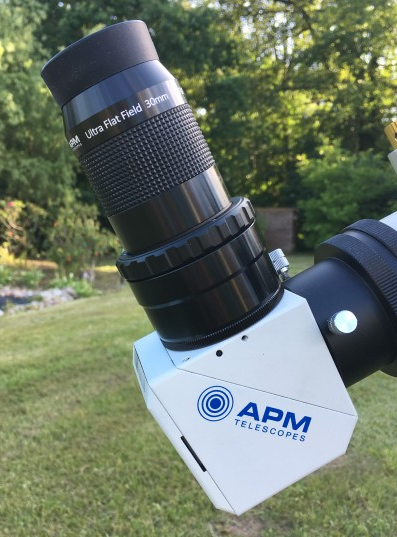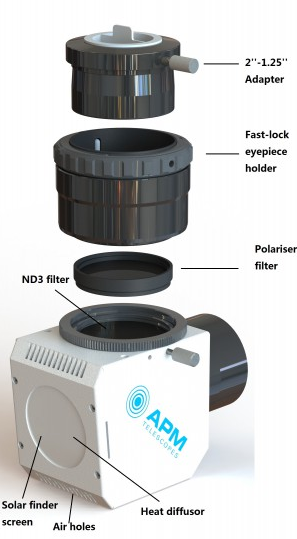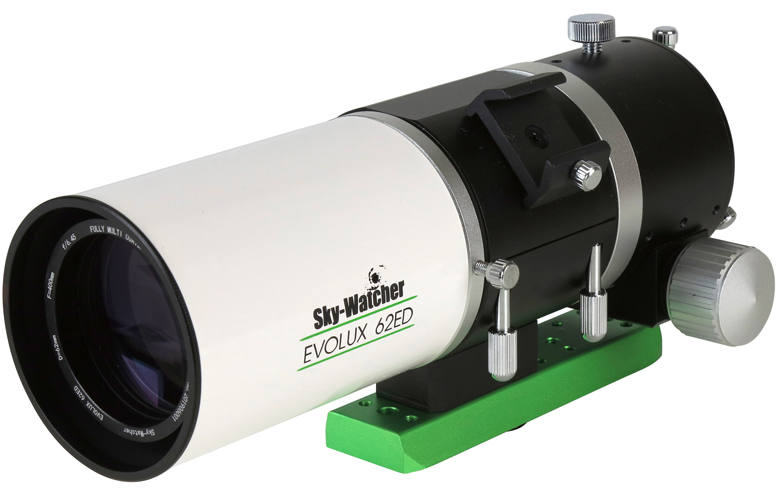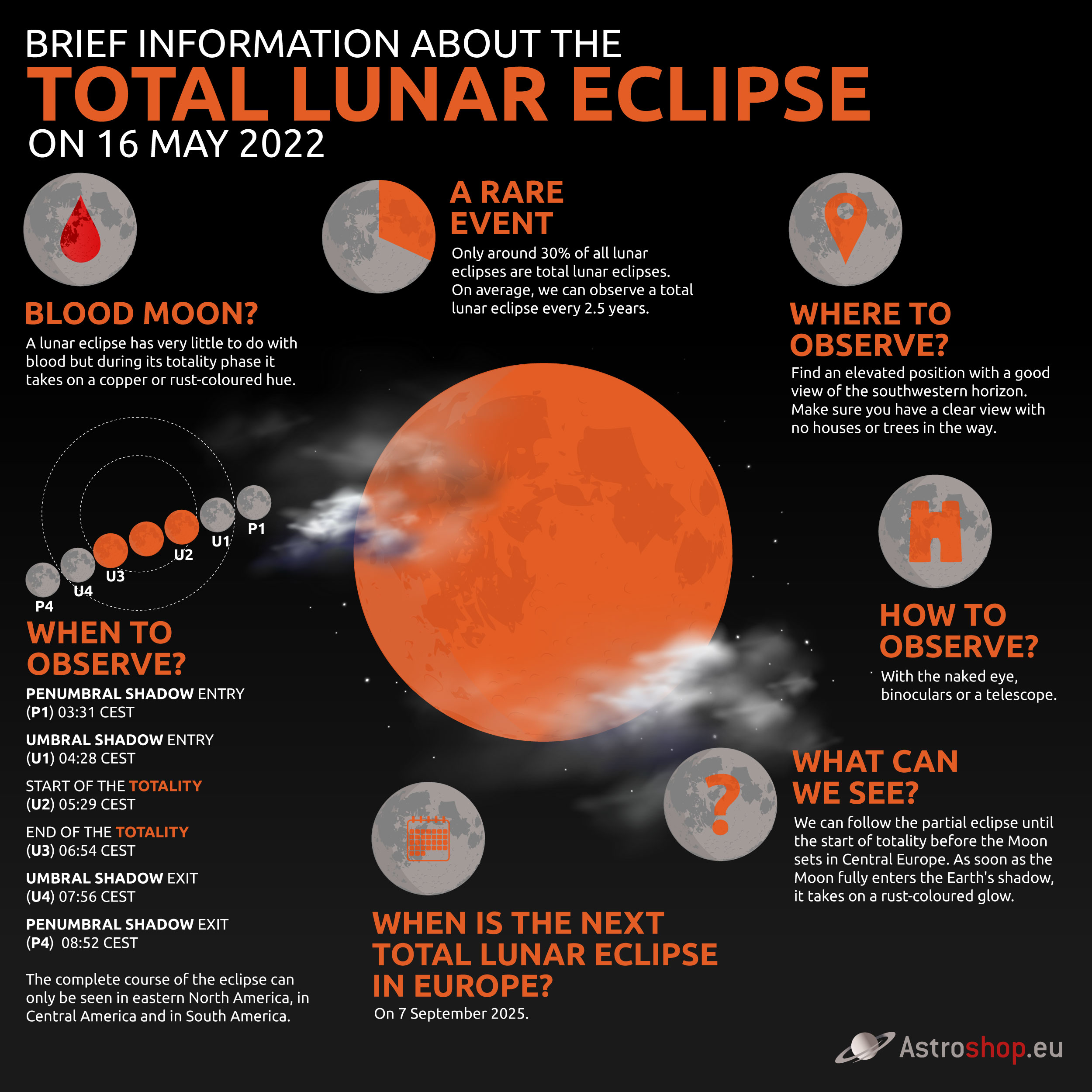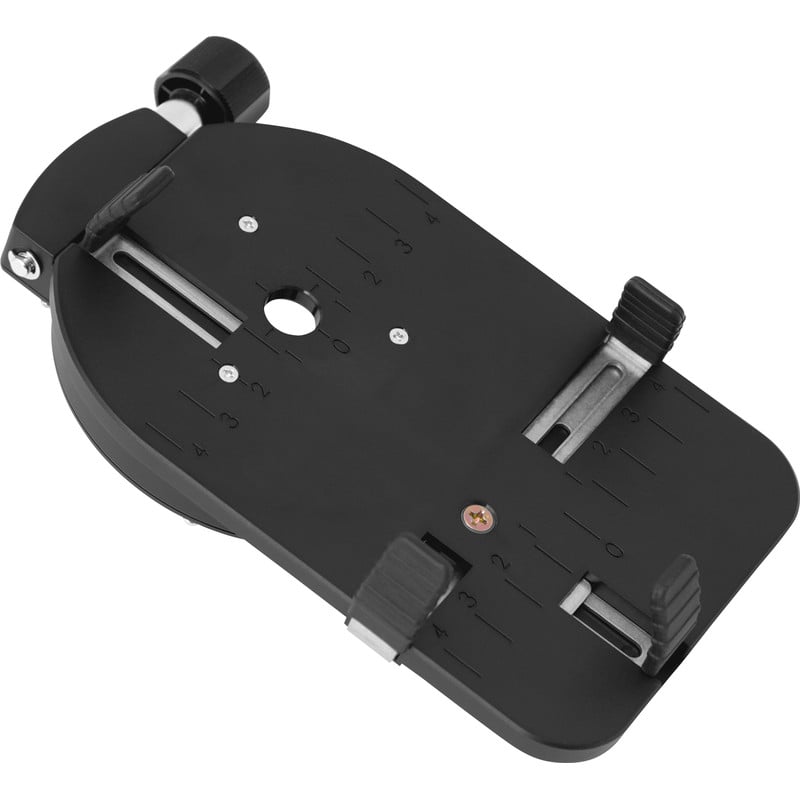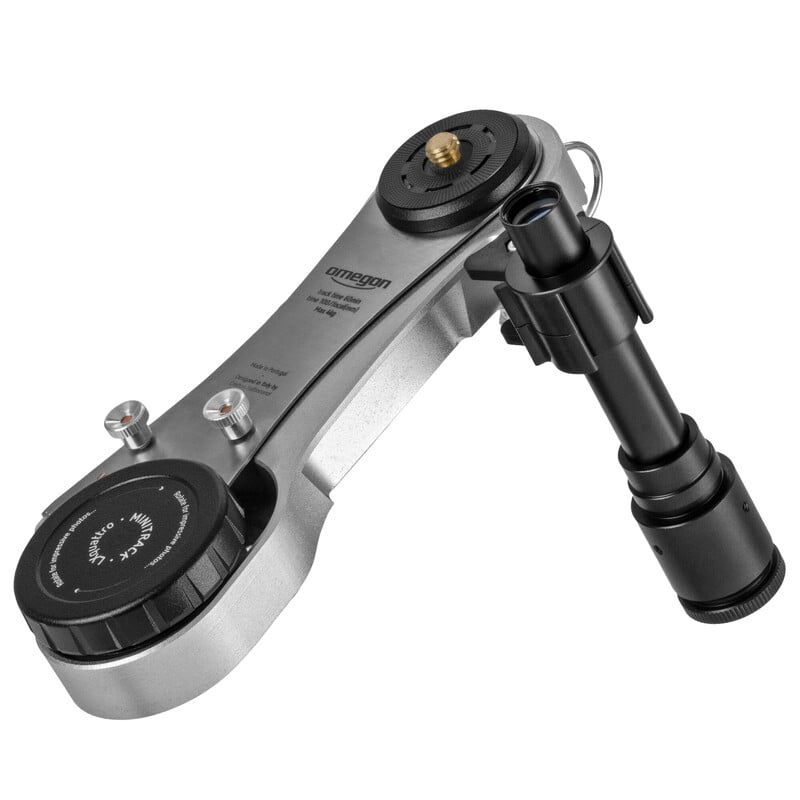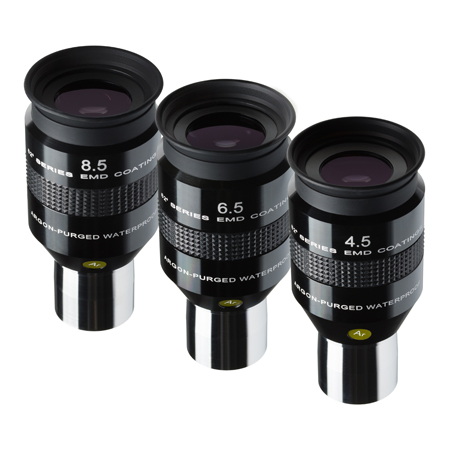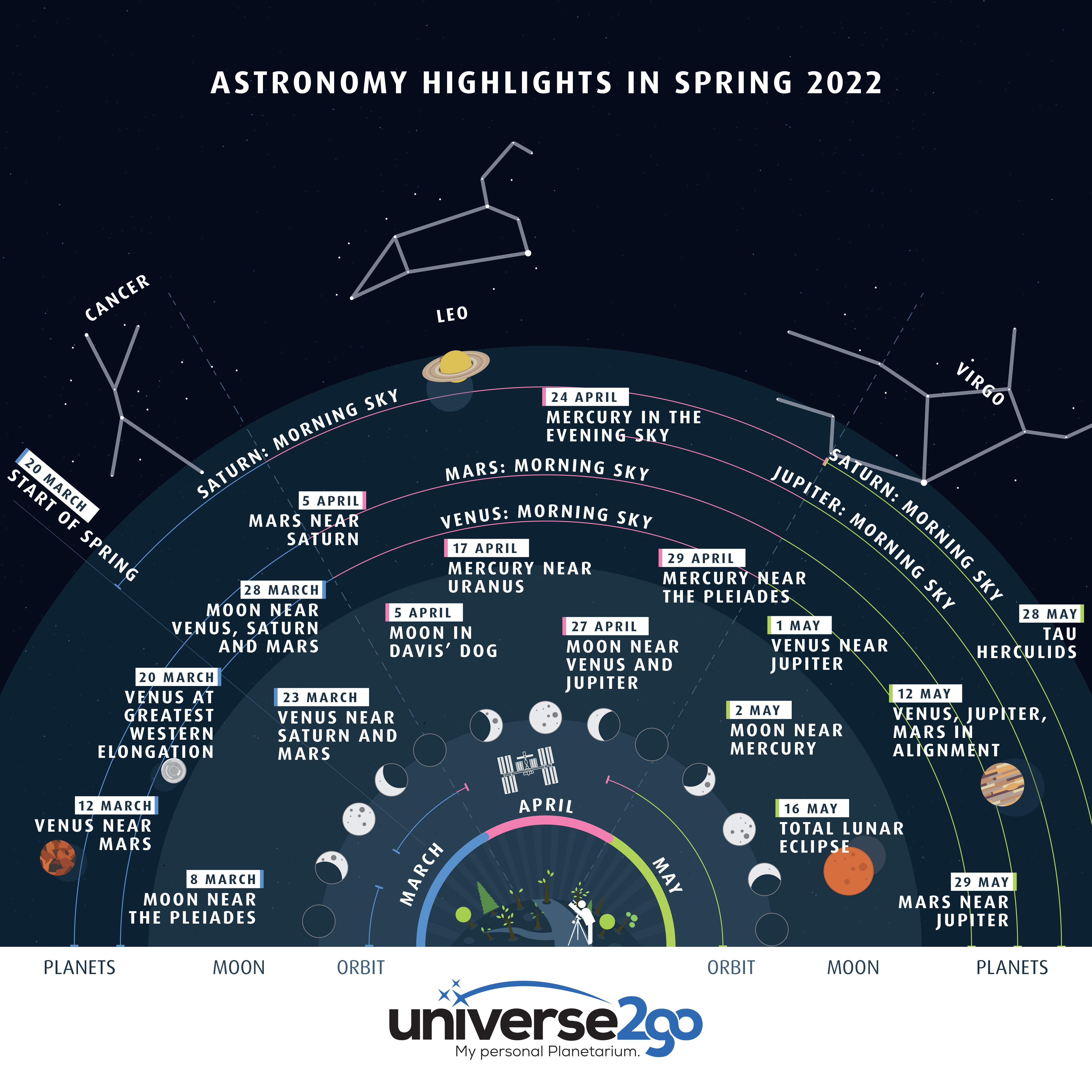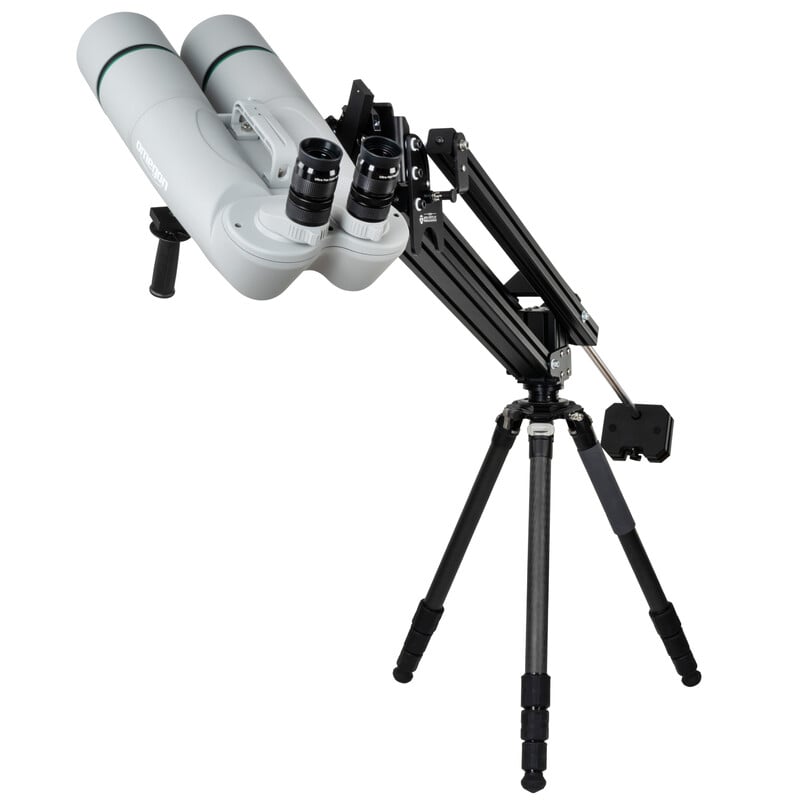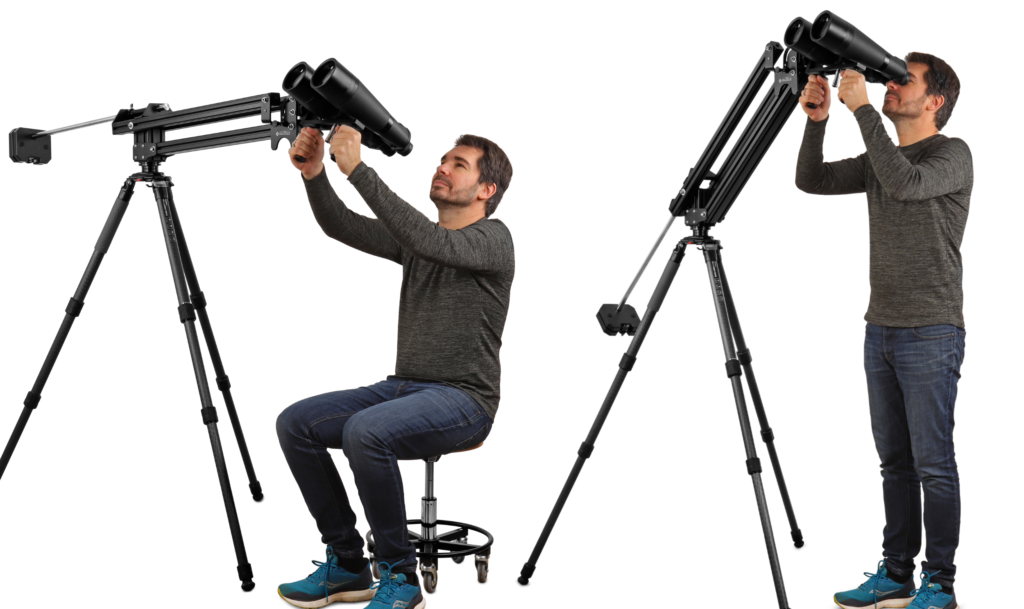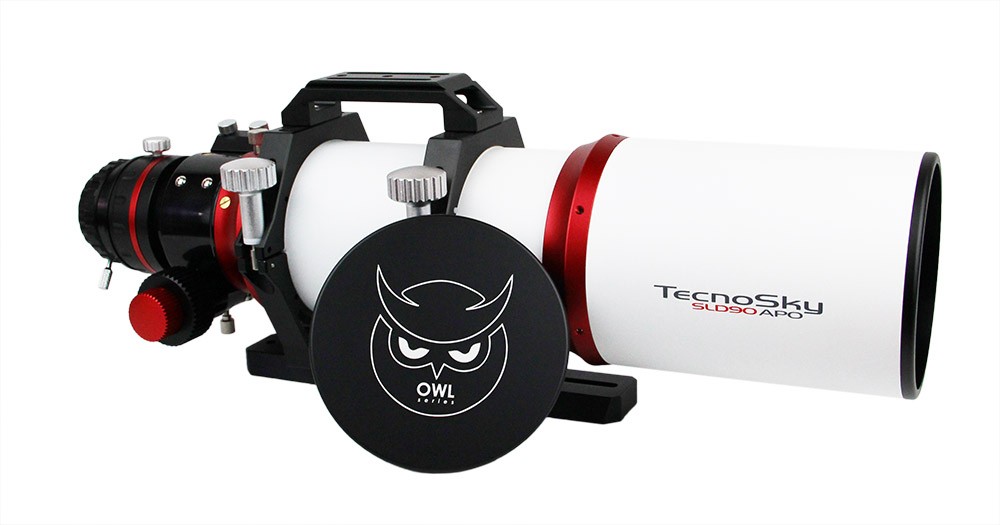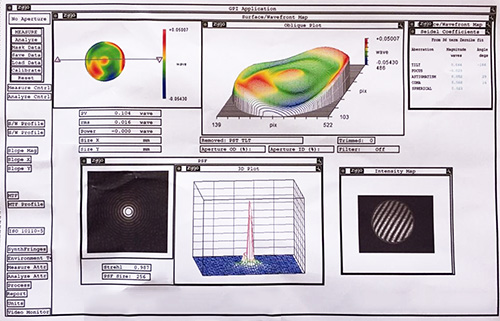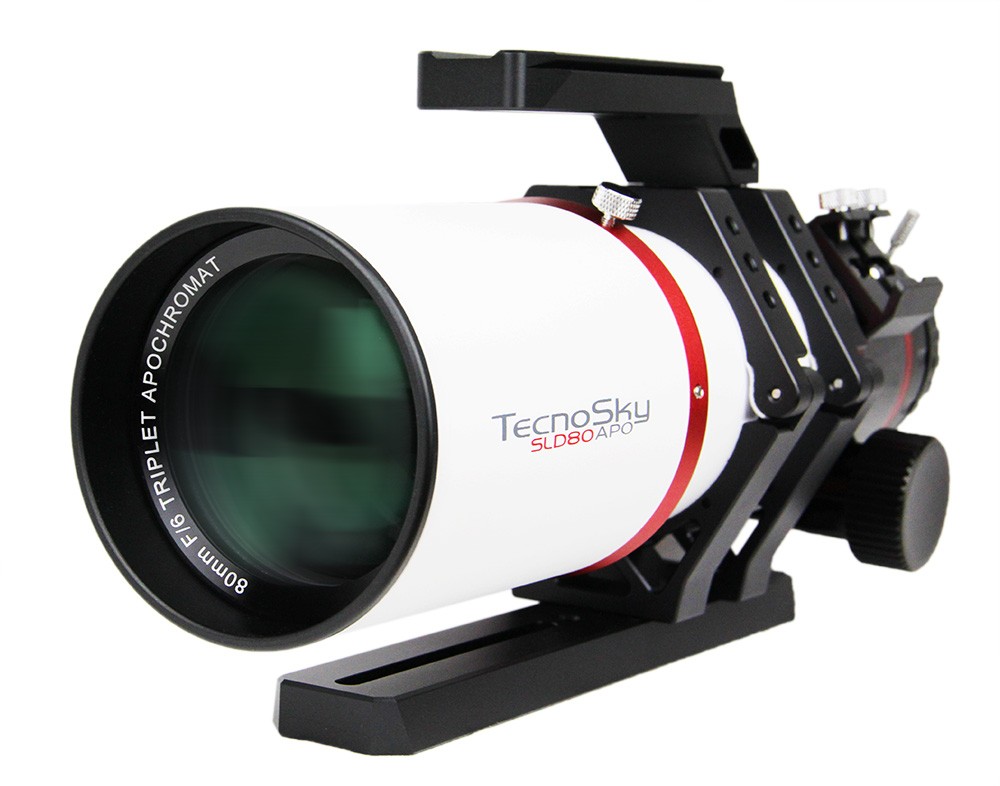Summer shooting stars, planetary chains and Saturn and Pluto at opposition… Don’t miss out on these astronomical delicacies. And in August, an occultation of a bright star by the Moon awaits us.
In the “Astronomy Highlights in Summer 2022” infographic, you can find numerous important celestial events at a glance. You can find dates and detailed descriptions of the events in the accompanying text.
Have fun observing!
June
03/06 Conjunction between the Moon and M44
The waxing Moon crosses the ecliptic within the constellation Cancer this evening. In doing so, it approaches the M44 star cluster. You can admire both using binoculars with a large field of view.
16/06 Mercury at greatest western elongation
Mercury is at its greatest western elongation today. It, therefore, reaches its greatest angular distance from the Sun. Unfortunately, we have almost no time to view it and only experienced binocular observers will be able to make it out at dawn.
18/06 Conjunction between the Moon and Saturn
This morning, the Moon visits Saturn and both can be found 9 degrees apart in the constellation Capricorn.
22/06 Conjunction between Jupiter and Mars
Time for night owls and astronomers. From 2am, you can see Jupiter and Mars rising up over the eastern horizon. The Moon can be found at the centre of the event. A wonderful sight.
26/06 The Moon near Venus
This month, the planets are predominantly visible in the morning sky. They are lined up along a diagonal like a cosmic chain. The Moon will be paying most of the planets a visit and, on the 26th, it is Venus’ turn. The display is especially attractive three days before new Moon.
July
01/07 Conjunction between Venus and Aldebaran
Venus is almost as bright as possible – even bright stars found nearby can appear quite dull in comparison. On the first of the month, Venus approaches Taurus’ main star: Aldebaran.
16/07 Conjunction between the Moon and Saturn
The Moon passes by Saturn tonight and moves from the constellation Capricorn to Aquarius. The ringed planet is then even more visible and it reaches its opposition next month. This marks the start of the Summer of the Gas Giants.
19/07 Conjunction between the Moon and Jupiter
There are two competitors in the sky: the Moon and Jupiter. The gas giant has a magnitude of -2.5 and is only outshone by Venus and our own Moon.
20/07 Pluto at opposition
The former planet and current dwarf planet is at opposition and shining with a magnitude of 14.3. Finding it with a telescope is a challenge and it will only work if you have an accurate star chart.
22/07 Conjunction between the Moon and Mars
After rising shortly before 1am, the Moon meets Mars, which is glowing red at a distance of five degrees. However, our satellite is much closer to Uranus, with only 2.6 degrees between them today.
26/07 Conjunction between the Moon and Venus
When the first light of dawn appears, it’s worth taking a glance at the horizon. There is a conjunction between the dazzling Venus and the wafer thin, 27-day-old crescent moon this morning. An excellent opportunity for some stunning photographs!
August
06/08 The Moon occults Delta Sco
Delta Sco is a star within the constellation of Scorpio which, at a magnitude of 2, can be found in the centre of its distinctive, tripartite pincers. This evening the dark side of the Moon is occulting it. This is always the best kind of occultation as the star suddenly disappears as if into thin air. To follow the start of the occultation at 23:52, you need a high elevation and an excellent view of the southwest horizon.
11/08 Conjunction between the Moon and Saturn
In the night between 11 and 12 August, the Moon approaches the ringed planets. As Saturn reaches it opposition this month, it can be easily seen for the entire month.
13/08 Perseids
The absolute highlight of every August is the Perseids meteor shower. We are able to see up to 100 meteors per hour tonight. Admittedly, this is only because the Moon is not interfering. This year, the bright, almost full Moon disrupts viewing and you will only be able to possibly see the brightest meteors. Using binoculars you have a chance to catch a few dim ones.
14/08 Saturn at opposition
In past years, Saturn has stopped just above the horizon due to the location of the ecliptic. This made successful viewing difficult. But the ringed planet climbed higher up the celestial ladder and reached an altitude of 20 degrees in 2019 and of 24 degrees in 2021. During its current opposition in August 2022, it reaches even greater heights of up to 26 degrees. A clear advantage as, the higher the position, the less we have to battle against light pollution. On 14 August, Saturn reaches opposition and can be clearly seen for the whole night. We can recognise it by its yellow colour and its gentle glow.
15/08 Conjunction between the Moon and Jupiter
During the nights of 14 and 15 August, the Moon approaches and passes by Jupiter. This encounter can be seen all night as our largest planet will now be visible throughout the night. Jupiter reaches opposition in the coming month.
19/08 Conjunction between the Moon and Mars
Are you missing that winter sky feeling? And in summer? You can get the chance after midnight. Then, there is a conjunction between Mars and the Moon within the constellation Taurus, right at the Golden Gate of the Ecliptic. A little higher up, the Pleiades light up the sky.

